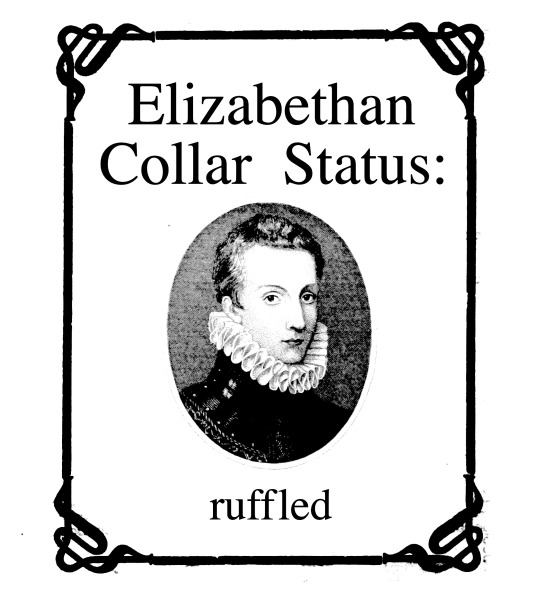#Elizabethanize
Text
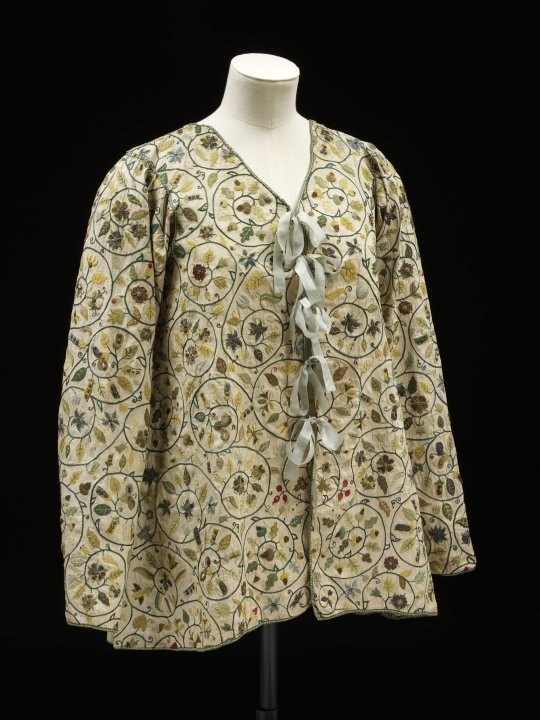
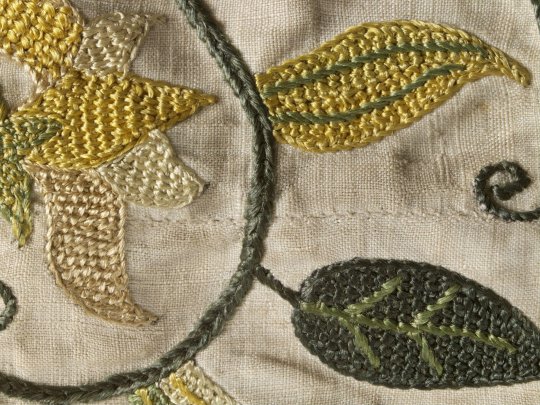
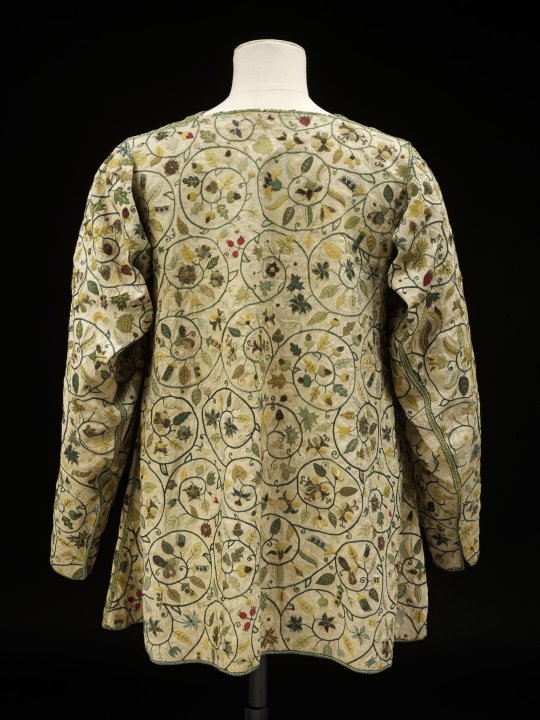
Jacket
1590-1630
Great Britain
This simple unlined jacket represents an informal style of clothing worn by women in the early 17th century. Unlike more fitted waistcoats, this loose, unshaped jacket may have been worn during pregnancy. A repeating pattern of curving scrolls covers the linen from which spring sweet peas, oak leaves, acorns, columbine, lilies, pansies, borage, hawthorn, strawberries and honeysuckle embroidered in coloured silks, silver and silver-gilt threads. The embroidery stitches include chain, stem, satin, dot and double-plait stitch, as well as knots and couching of the metal threads. Sleeves and sides are embroidered together with an insertion stitch in two shades of green instead of a conventionally sewn seam.
Although exquisitely worked, this jacket is crudely cut from a single layer of linen, indicating the work of a seamstress or embroiderer, someone without a tailor's training. It has no cuffs, collar or lining, and the sleeves are cut in one piece. The jacket was later altered to fit a thinner person. The sleeves were taken off, the armholes re-shaped, the sides cut down, and the sleeves set in again.
The Victoria & Albert Museum (Accession number: 919-1873)
#jacket#fashion history#historical fashion#17th century#1590s#1600s#1610s#1620s#elizabethan era#united kingdom#embroidery#16th century#v and a#love how they compliment the embroidery#and then roast the cutting lol
2K notes
·
View notes
Text
last night i watched the first episode in supernatural and within 10 minutes i put it on pause because in NO way, through the 15 seasons, should anyone be happy with how dean's story ends with him dying whilst hunting
because in the 10 minutes that ive learnt about him is that he's spent his entire life fighting, and he dies FIGHTING
no satisfying narrative ends like that, especially not for one thats run for 15 years
#dean winchester#supernatural#supernatural meta#destiel#deancas#doomed by the narrative#except its not the elizabethan era anymore so why the eff are there still tragedies#but also ive not watched any other episodes of supernatural#I think he deserved a chance for something more#happiness#is that what the kids call it these days?
2K notes
·
View notes
Text
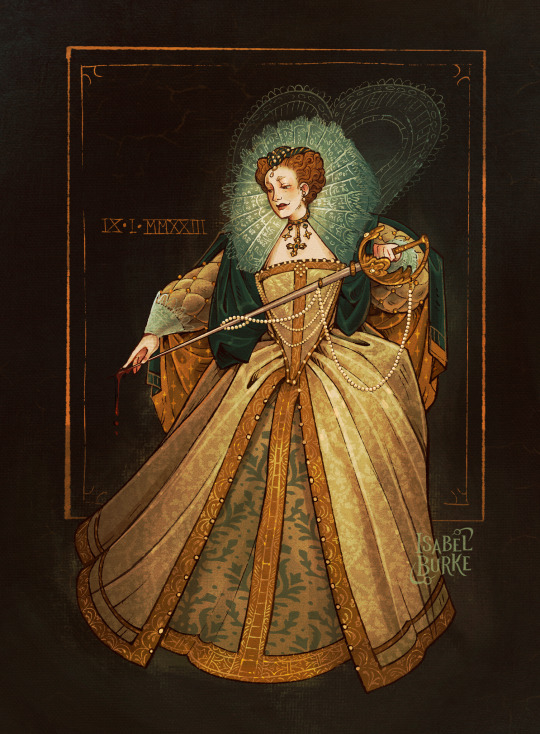
a very merry september to you all!
✦ find me on instagram @the.flightless.artist ✦
#art#illustration#digital art#drawing#digital illustration#procreate app#digital drawing#digital artist#procreate art#ipad pro#swordtember#swordtember 2023#elizabethan#elizabethan fashion#historical aesthetic#historical fashion#women with swords
2K notes
·
View notes
Text
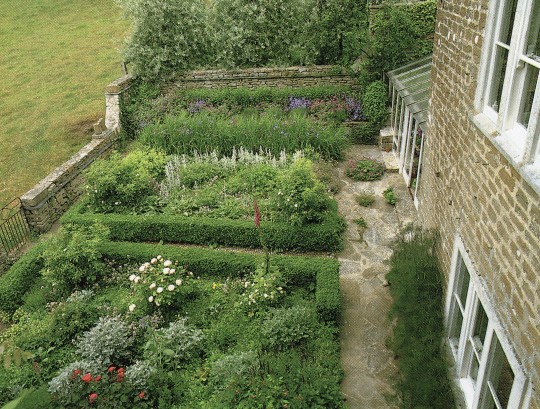
Reminiscent of an Elizabethan knot garden, this plan is meant to be viewed from a height. Box-edged beds are filled with an informal mixed planting of shrubs and herbaceous plants.
Terence Conran’s New House Book, 1985
#vintage#vintage interior#1980s#80s#interior design#home decor#garden#Elizabethan#style#stone#English#stone wall#landscape#design#plants#flowers#greenhouse
2K notes
·
View notes
Text
Alexander McQueen Fall 2013


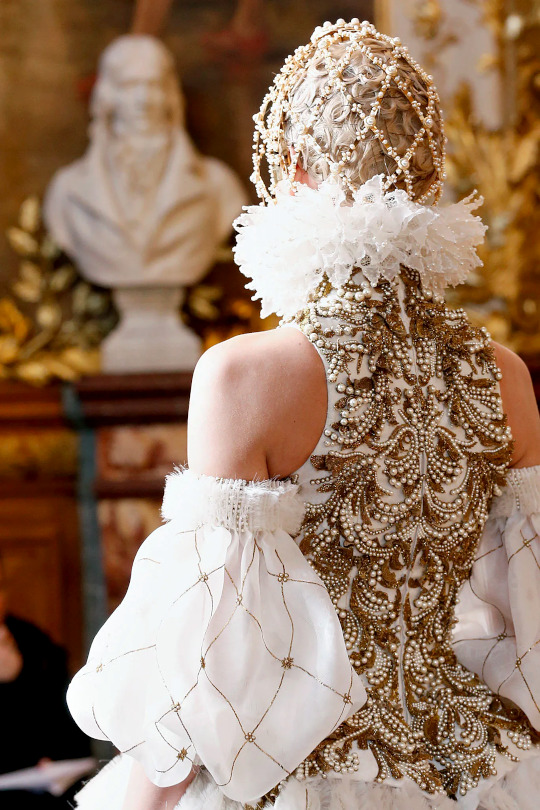



2K notes
·
View notes
Text

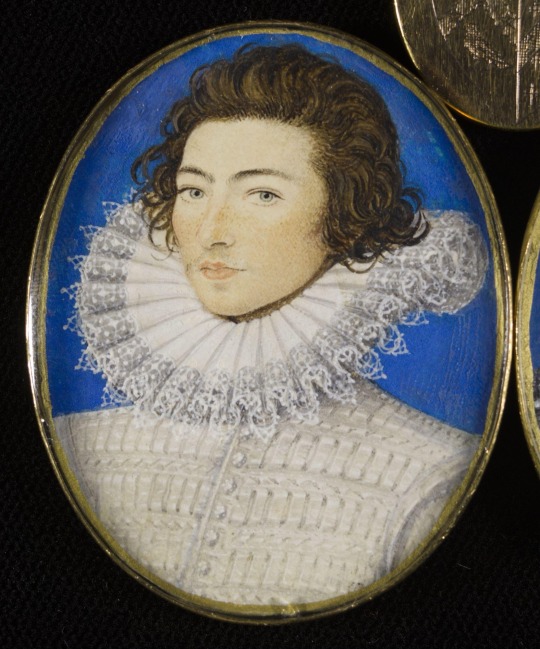

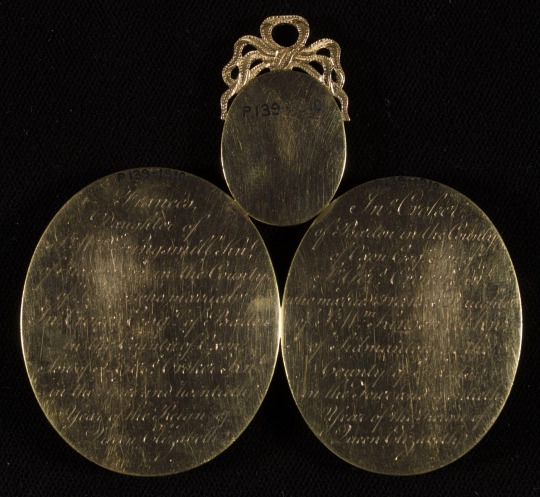
Miniature wedding portraits of Frances and John Croker of Barton by Nicolas Hilliard, circa 1581.
#freckles#early modern#early modern era#early modern period#english renaissance#english#renaissance#cool#portraits#portrait#painting#paintings#wedding#romance#love#couple#marriage#romantic#pretty#handsome#aesthetic#academia#history#fashion history#fashion#style#interesting#nicolas hilliard#elizabethan#tudor
241 notes
·
View notes
Text
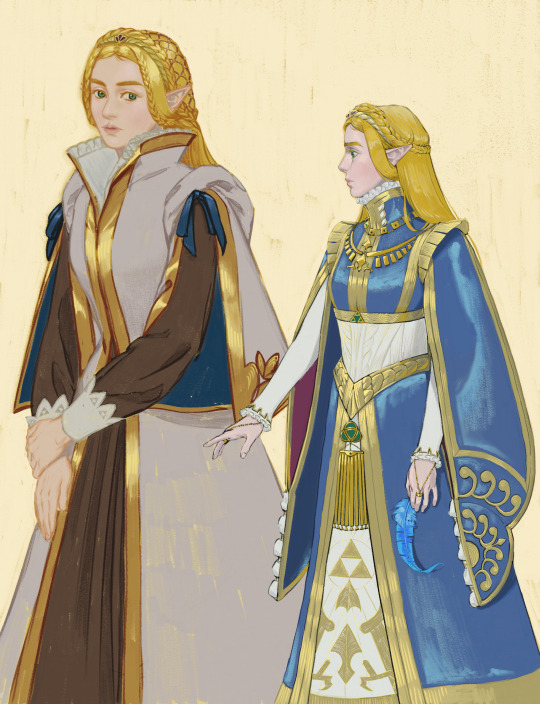
Playing with a new brush set & drawing Elizabethan-esque dresses✨️
(I guess mid-late 16th century is a more accurate term)
Zelda's royal dress in BOTW had some historical elements I had fun exploring.
#i used elizabethan as catch-all#plz don't at me#pretty people in pretty clothes make me live#legend of zelda#breath of the wild#zelda#sien draws#sien vega#fan art#digital painting#character design#historical costuming#ish?
810 notes
·
View notes
Text
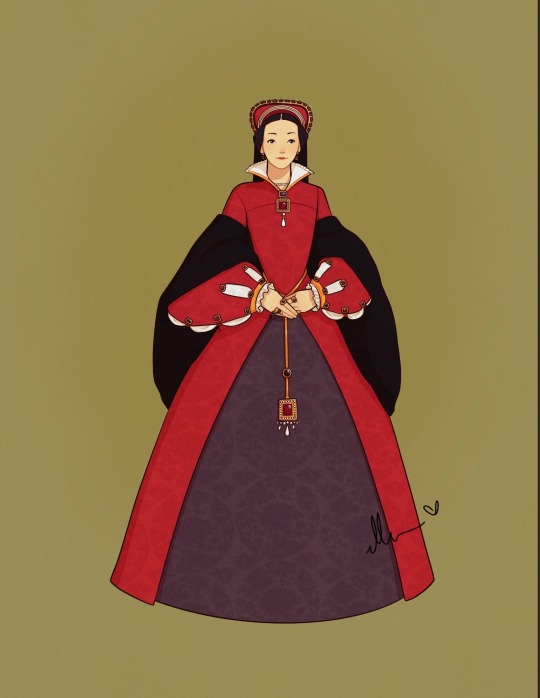
Fooduary Day 4: Mixed Berry Tart
Tarts are an old, old, old kind of food. However it wasn’t until the invention of enriched dough (shortcrust) in the 1550s that the pastry outside (previously called coffin because it was effectively a box-plate for the edible center) was meant to be eaten with the filling. With this one it's more about the colors being a mixed berry palette than something more literal like some of the others but this is supposed to be a for fun challenge so I'm not sweating over it. Maybe the others are too cheesy?
I am the artist! Do not post without permission & credit! Thank you! Come visit me over on: instagram, tiktok or check out my coloring book available now \ („• ֊ •„) /
https://linktr.ee/ellen.artistic
#mixed berry tart#berry tart#1550s#fooduary#art challenge#historical fashion#ellenart#lnart#character design#digital illustration#historically inspired#fooduary2024#elizabethan fashion#tudor fashion#really it's adult mary but lizzy is who matters
301 notes
·
View notes
Note
I've seen a post you've reblogged and added to, among many things about women showing nipples. Can you recommend any ref material (articles, videos, etc.) are share your knowledge about this? Cause I'm curious about that, as nowadays going out in a shirt without a bra makes you indecent, while in like 90s it was okayish? I wonder how it was in previous centuries.
There is a really cool academic paper about bare breast dresses in 17th century England specifically. I think anyone can read it by creating a free account.
Abby Cox also has a good video about the cleavage during the past 500 years in which she goes through also the nip slip phenomena.
I don't have other sources that specifically focus on this subject, though many sources about specific decades touch on it, but I do have my primary source image collection, so I can sum up the history of the bare nipple.
So my findings from primary source images (I could be wrong and maybe I just haven't found earlier examples) is that the Venetians were the first ones to show the nipple for courtly fashion. At the same time in other places in Europe they sported the early Elizabethan no-boob style that completely covered and flattened the chest. In the other corners of Italy the necklines were also low but less extreme. Venetian kirtle necklines dropped extremely low as early as 1560s and they combined extremely sheer, basically see-through partlets with their kirtle. First example below is a 1565-70 portrait of a Venetian lady with the nipples just barely covered waiting slip into view with a movement of arm. There was an even more extreme version of this with the kirtle being literally underboob style, still with a sheer doublet. Though I believe this was not quite for the respectable ladies, since I have only seen it depicted on high class courtesans. They were not exactly respectable ladies, but they did have quite good social position. The second example is a 1570s depiction of a courtesan, which is revealed by the horned hairstyle. By the end of the century this underbust style with only see through fabric covering breasts, had become respectable. In the last example it's shown on the wife of the Venetian doge in 1597.
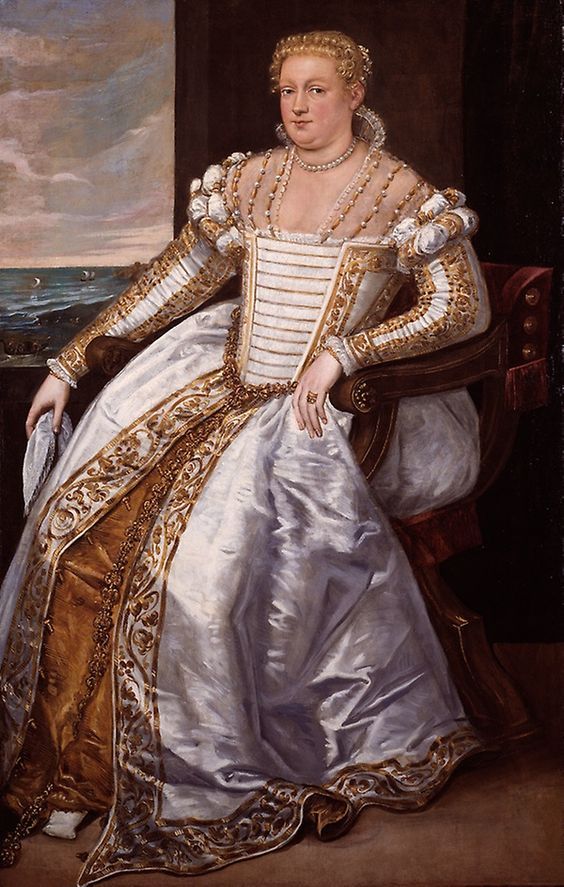
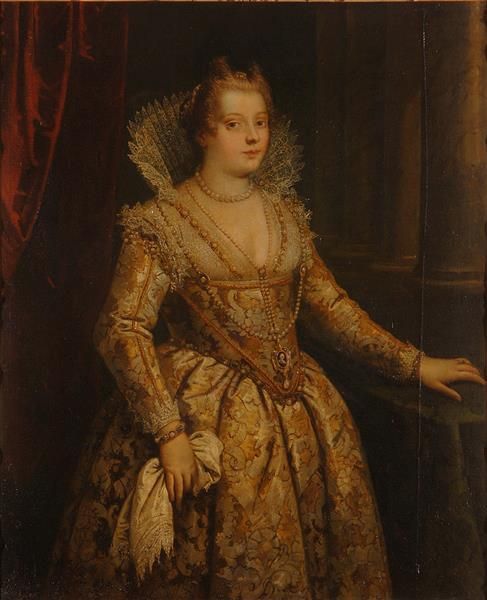

Around the same time, at the very end of 1500s, the extremely low cut bodice fashion enters rest of Europe. The low cut style was present in the bodices of all classes, but the nipple was really only an aristocrat thing. The lower classes would cover their breasts with a partlet, that was not sheer. Bare breast was ironically from our perspective a show of innocence, youthful beauty and virtue, and to pull off the style with respect, you also had to embody those ideals. Lower class women were considered inherently vulgar and lacking virtue, so a nipple in their case was seen as indecent. Bare boobs were also a sort of status symbol, since the upper class would hire wet nurses to breastfeed their children so they could show of their youthful boobs.
Covering partlets and bodices were still also used in the first decade of 1600s by nobles and the nip slip was mostly reserved for the courtly events. The first image below is an early example of English extremely low neckline that certainly couldn't contain boobs even with a bit of movement from 1597. The 1610s started around 5 decades of fashion that showed the whole boob. The first three were the most extreme. Here's some highlights: The second image is from 1619.
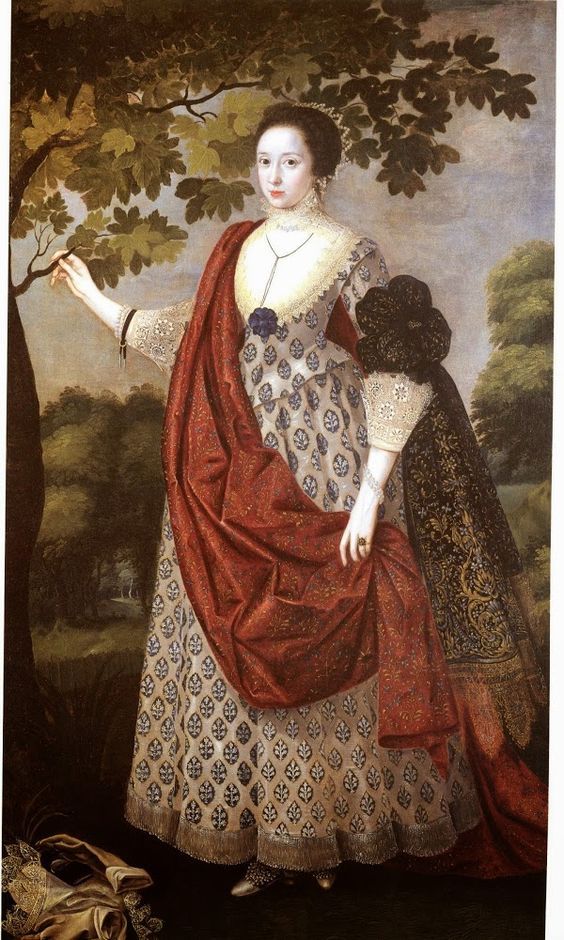

Here the first, very much showing nipples, from c. 1630. The second from 1632.
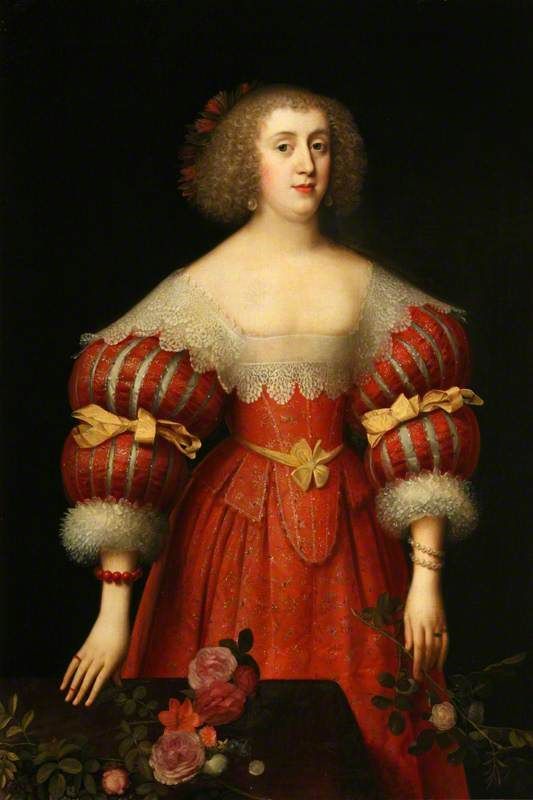
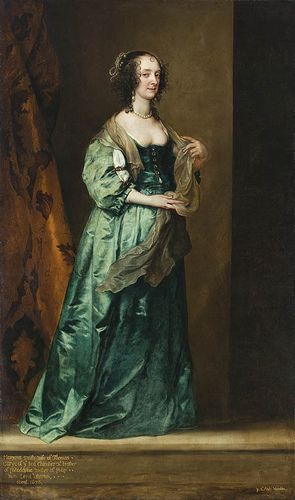
The neckline would slowly and slightly rise during the next decades, but nip slips were still expected. Here's an example from 1649 and then from 1650-55. In 1660s the neckline would get still slightly higher and by 1870s it was in a not very slippable hight. The necklines would stay low for the next century, though mostly not in boob showing territory, but we'll get there. But I will say that covering the neckline in casual context was expected. Boobs were mostly for fancy occasions. It was considered vain to show off your boobs when the occasion didn't call for it and covering up during the day was necessary for a respectable lady. You wouldn't want to have tan in your milk-white skin like a poor, and also they didn't have sun screen so burning was a reasonable concern.

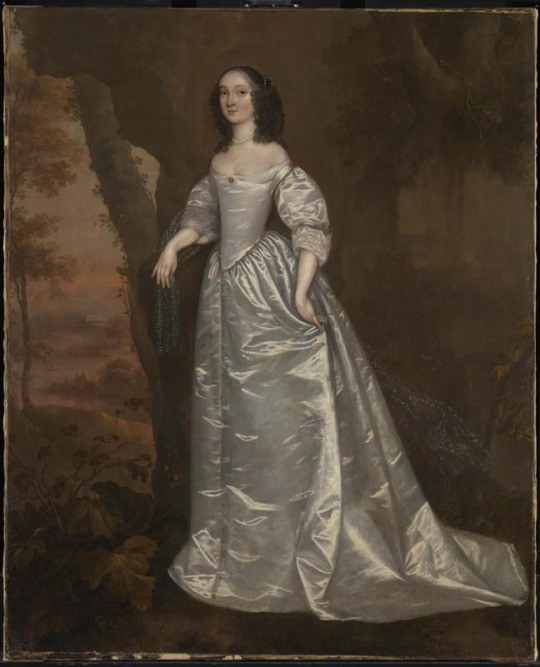
1720s to 1740s saw necklines that went to the nip slip territory, though they didn't go quite as low as 100 years earlier. The nipple was present in the French courtly fashion especially and rouging your nipples to enhance them was popular. Émilie Du Châtelet (1706-1749), who was an accomplished physicist and made contributions to Newtonian mechanics, was known in the French court to show off her boobies. An icon. Here she is in 1748. Here's another example from this era from 1728.
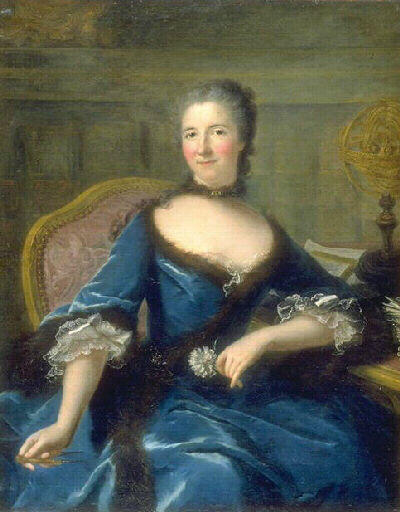
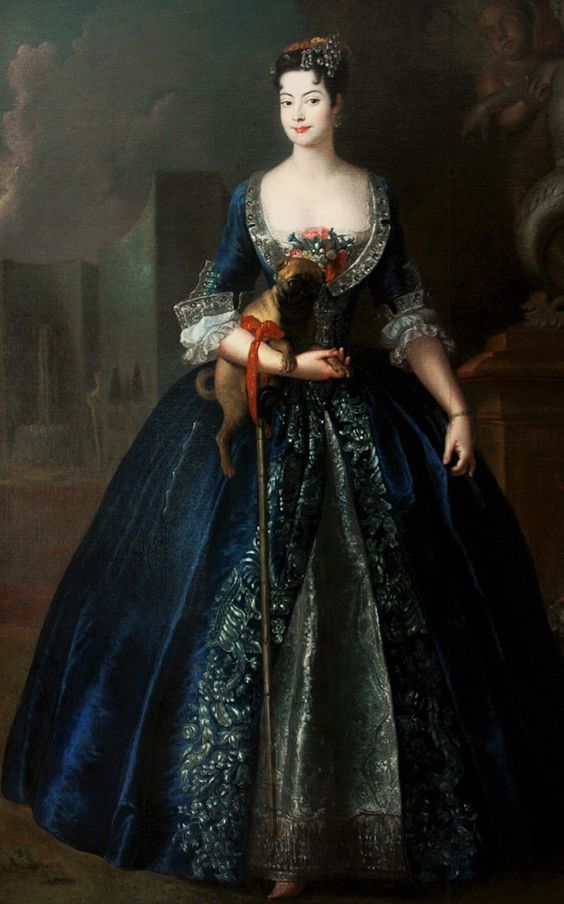
The Rococo neckline never got high, but in the middle of the century it was less low till 1770s when it plunged into new lows. In 1770s the fashion reached a saturation point, when everything was the most. This included boobs. The most boob visible. There was a change in the attitudes though. The visible boob was not a scandal, but it was risque, instead of sing of innocent and did cause offense in certain circles. I think it's because of the French revolution values gaining momentum. I talked about this in length in another post, mostly in context of masculinity, but till that point femininity and masculinity had been mostly reserved for the aristocracy. Gender performance was mostly performance of wealth. The revolutionaries constructed new masculinity and femininity, which laid the groundwork for the modern gender, in opposition to the aristocracy and their decadence. The new femininity was decent, moral and motherly, an early version of the Victorian angel of the house. The boob was present in the revolutionary imagery, but in an abstract presentation. I can't say for sure, but I think bare breasts became indecent because it was specifically fashion of the indecent French aristocracy.
Here's example somewhere from the decade and another from 1778. The neckline stayed quite low for the 1780s, but rose to cover the boobs for the 1790s.

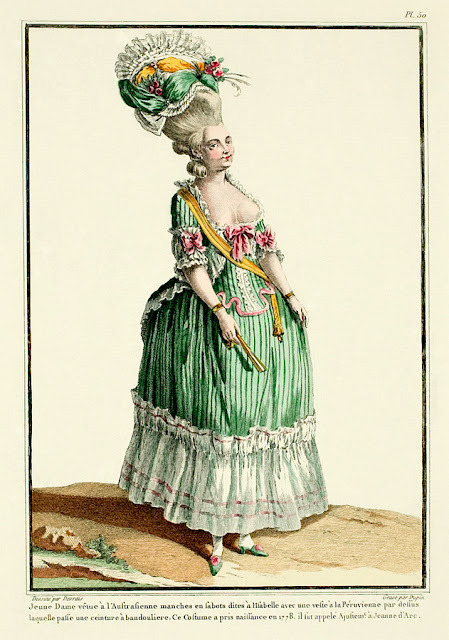
The nipple didn't stay hidden for long but made a quick comeback in the Regency evening fashion. It was somewhat scandalous by this point, and the nipple and sheer fabrics of the Regency fashion gained much scorn and satire. The styles that were in the high danger nip slip territory and those that allowed the nipple to show through fabric, were still quite popular. The sleeves had been mid length for two centuries, but in 1790s they had made a split between evening and day wear. The evening sleeves were tiny, just covering the shoulder. Showing that would have been a little too much. Like a bare boob? A risque choice but fine. A shoulder? Straight to the horny jail. (I'm joking they did have sheer sleeves and sometimes portraits with exposed shoulder.) But long sleeves became the standard part of the day wear. Getting sun was still not acceptable for the same reasonable and unreasonable reasons. Day dresses did also usually have higher necklines or were at least worn with a chemisette to cover the neckline. Fine Indian muslin was a huge trend. It was extremely sheer and used in multiple layers to build up some cover. There were claims that a gust of wind would render the ladies practically naked, though because they were wearing their underclothing including a shift, which certainly wasn't made from the very expensive muslin, I'm guessing this was an exaggeration. Especially though in the first decade, short underboob stays were fairly popular, so combined with a muslin, nipples were seen. Here's an early 1798 example of exactly that. The short stays did disappear eventually, but in 1810s the extremely small bodices did provide nip slip opportunities, as seen in this 1811 fashion plate.
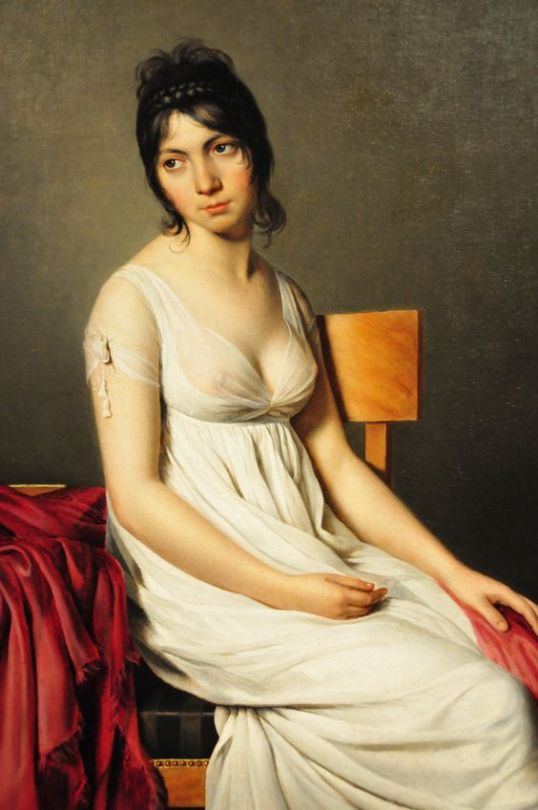
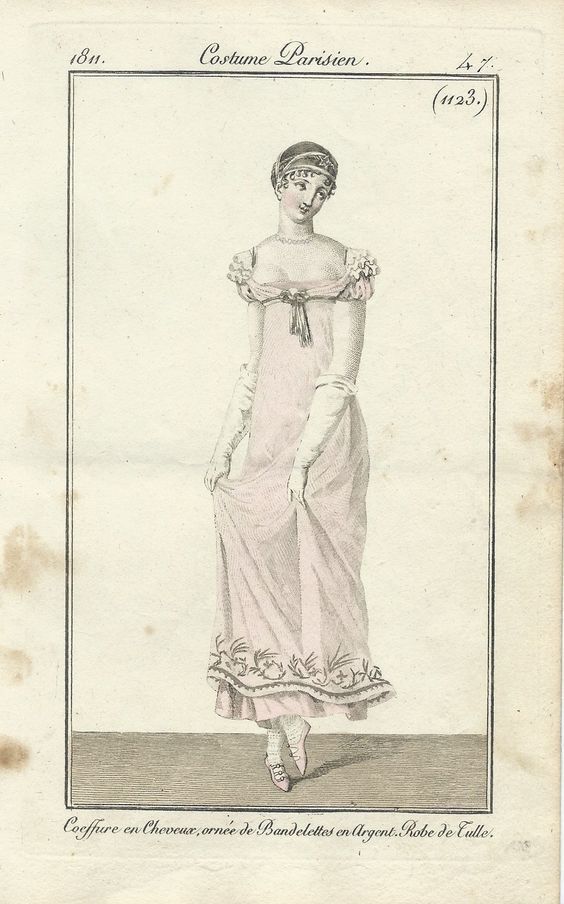
Victorian moralizing did fully kill the nip slip, though at least they were gender neutral about it. The male nipple was just as offensive to them. In 1890s, when bodybuilding became a big thing, bodybuilder men were arrested for public indecency for not wearing a shirt.
#there was also the new femininity aspect to regency nipple which had to do with breastfeeding becoming fashionable among upper class#it's about the whole motherly thing that came with the french revolution#i can't remember the book i read it from so i didn't go into it because i couldn't remember the details lol#but it did definitely have an effect to the fashion and to the perception of nipple#historical fashion#fashion history#history#dress history#fashion#answers#painting#fashion plate#renaissance fashion#elizabethan fashion#rococo fashion#baroque fashion#regency fashion#will tumblr prove itself to be again more prudish than elizabethans and label my post as mature content?#remains to be seen
519 notes
·
View notes
Text
I love Shakespeare, and I love Hamlet, compound that with the fact that they had Aziraphale and Crowley at the Globe Theater while they were playing Hamlet put me over the moon.
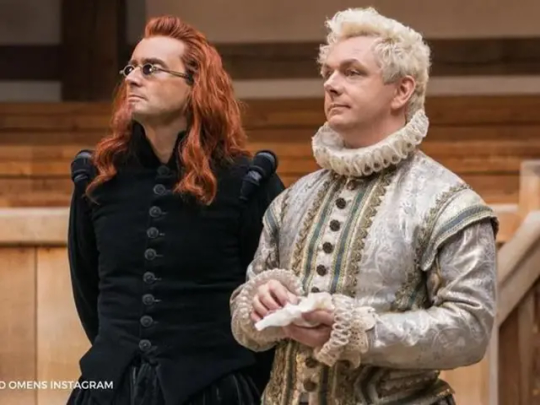
What I find most amusing, is that both Michael Sheen and David Tennant have both played the part of the Danish prince.
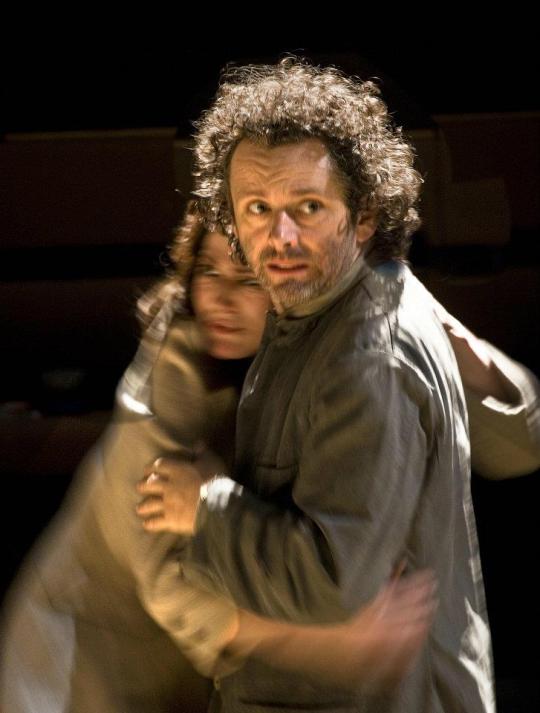
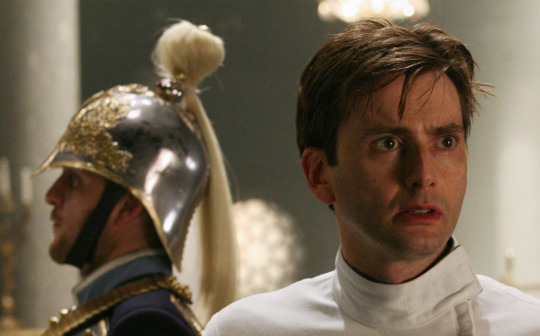
So we have our favorite angel and demon, meeting at the Globe because of their new "arrangement" to do miracles or temptations that are just plain and simple, a pain in the ass to do, but management wants them to do anyway.
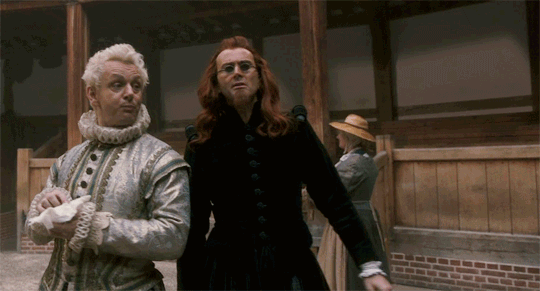
They also discuss the fact that if either one of their sides knew about the "arrangement" it would be abysmal for them. We know what eventually happens to Crowley later on in the future, when he saves Elspeth from attempting to take her life.
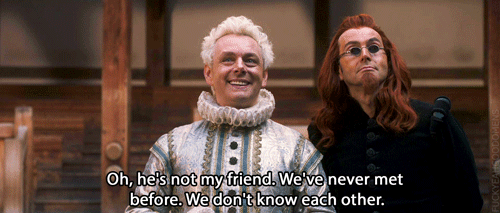
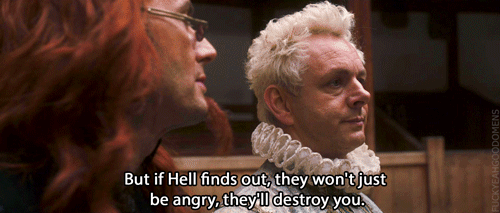
I think the one thing that is key with this part of their history, is how much concern Aziraphale has started to show for Crowley. Even though he denies ever knowing Crowley, he is nonetheless worried about his wellbeing. These are the early stages of their relationship, with Aziraphale voicing his distress at the possibility of Crowley being destroyed if caught by his superiors.

During their conversation, Hamlet is playing on stage, and Aziraphale loves this play. Unfortunately, it's not that popular and it concerns him very much. They then have their coin toss to see who get to do the good and bad thing in Edinburgh.

Poor Aziraphale loses that toss and get stuck having to go there. At this point, Aziphale hears Shakespeare bemoan the fact that no likes Hamlet. This is where Aziraphale gives Crowley the, what has been called, his "heart eyes" looks. I call it the, "oh please my dear, can you do this for me?" look and Crowley just can't say no to him.
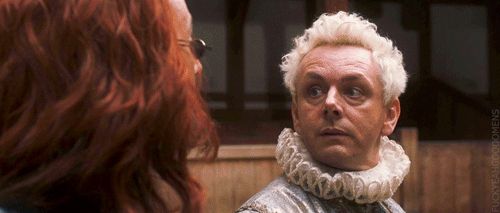
It doesn't even take him a second to agree to his angel's request, so much for putting up a fight. He never has a chance, Crowley already has it bad and doesn't even know it.
I will say, that to me, Crowley fell in love first with Aziraphale. The debate is, when, at Eden or during Job minisode? We can debate that forever, but in the end, he is already in love.


I adore how happy it makes Aziraphale, when his demon capitulates to his wishes. Look at him, he is beaming with happiness, how can anyone not love him.
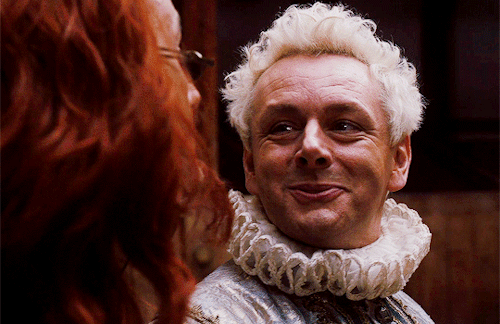
Crowley makes it like, yea, whatever, but you can't tell me he wasn't smiling as he walked away, knowing that he made his angel happy.

Anyway, I love this whole minisode as I said earlier. It is adorable in their interactions over one of my favorite plays. Plus, Elizabethan Crowley is just gorgeous!
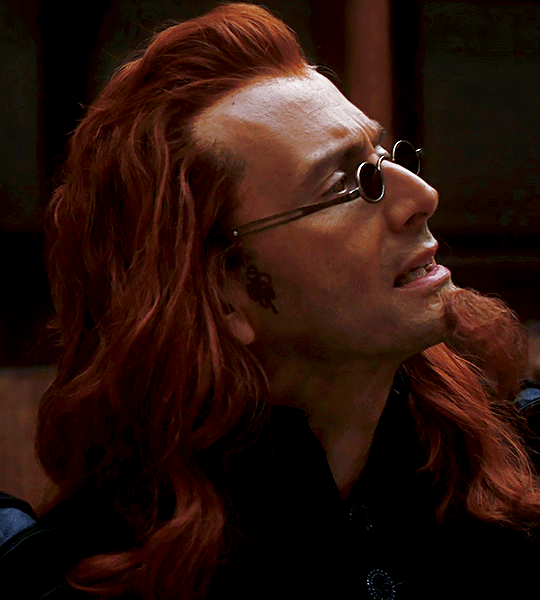
#aziraphale#crowley#neil gaiman#terry pratchett#good omens#innefable husbands#good omens spoilers#aziracrow#good omens season 2#good omens season 1#david tennant#michael sheen#shakespeare#shakespeare plays#hamlet#elizabethan era#elizabethan crowley#elizabethan aziraphale#globe theatre#crowley good omens#aziraphale good omens#crowley x aziraphale#aziraphale x crowley#anthony j crowley#crowley loves aziraphale
793 notes
·
View notes
Text
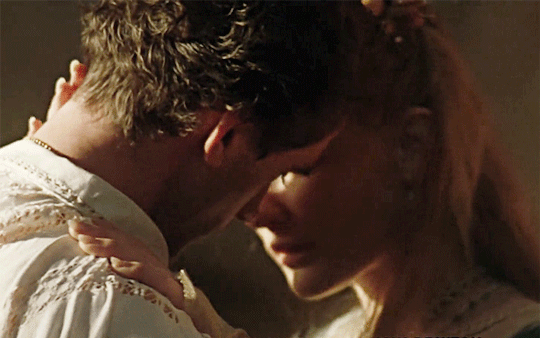
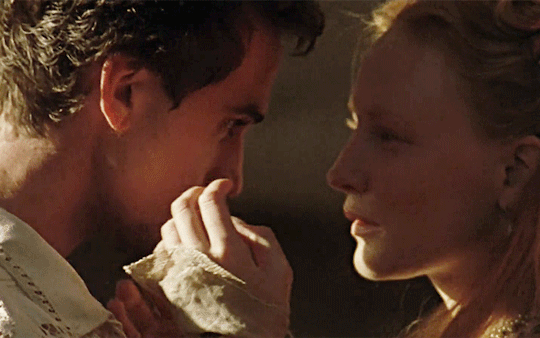
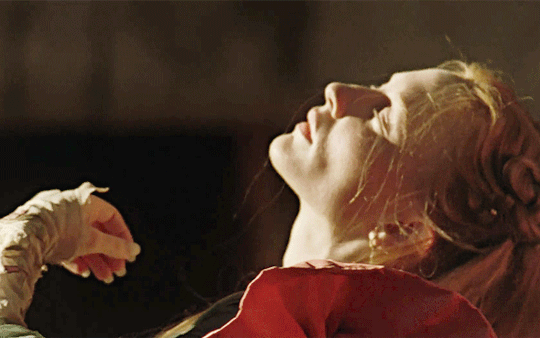
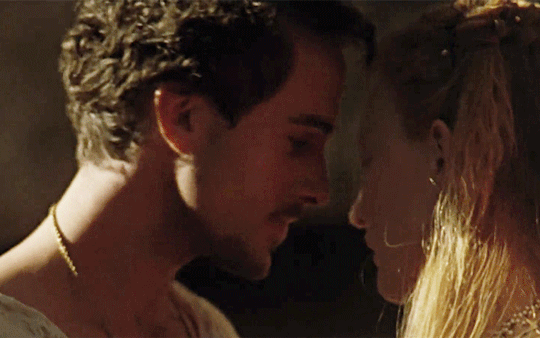
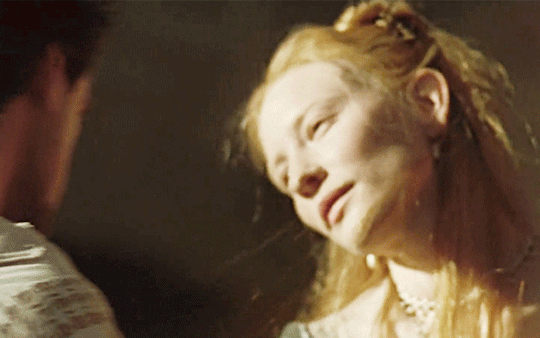

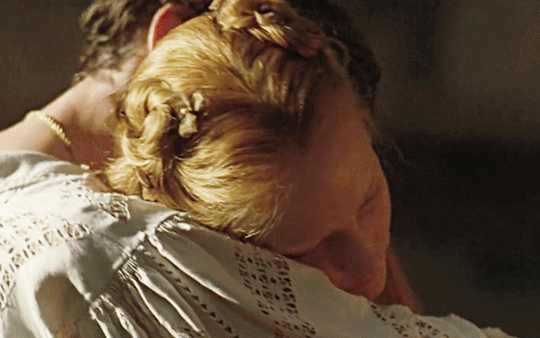
CATE BLANCHETT and JOSEPH FIENNES as ELIZABETH TUDOR and ROBERT DUDLEY in ELIZABETH (1998) dir. SHEKHAR KAPUR
#perioddramaedit#perioddramasource#perioddramacentral#onlyperioddramas#weloveperioddrama#filmedit#elizabeth 1998#elizabeth tudor#robert dudley#cate blanchett#joseph fiennes#elizabeth x robert#elizabethan era#bess and robin#userfefa#filmgifs#90's films#otp: for i have lived and so will die only hers#16th century#*gifs#*gifset#historical drama#gifshistorical#romancegifs#cinemapix#costumegif#userrias gifs#userrias#tudorerasource
217 notes
·
View notes
Text

Embroidered book cover for Christopherson’s HISTORIA ECCLESIASTICA owned by Queen Elizabeth,
#beautiful books#book blog#books books books#book cover#books#elizabethan era#embroidered#embroidery#book binding#book design
365 notes
·
View notes
Text

we don’t talk about this enough.
251 notes
·
View notes
Text
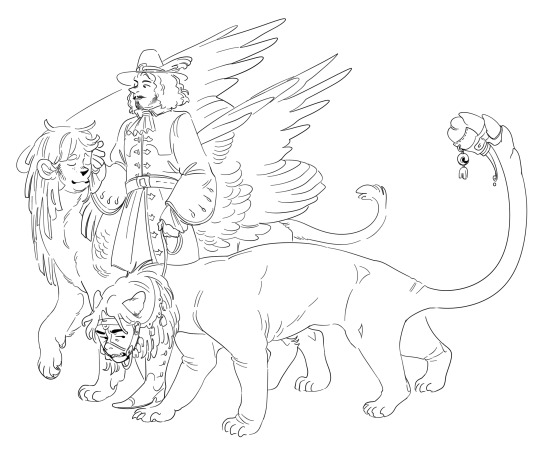
the venerable and esteemed monster hunter/tamer Sir Ambrose Thomas with his helpers. Ambrose promises no less than the best results for any villages or farmers who hire him to deal with their crawling beast infestation. His lovely helpers enjoy the job as well, look how happy they are :)
#twist is in hell.#ice storm over kosa#i still need to properly draw flicker (the sphinx) i don't really like them here but w/e#ambrose tho is perfect. nailed it on my first try - elizabethan dipshit
164 notes
·
View notes
Text
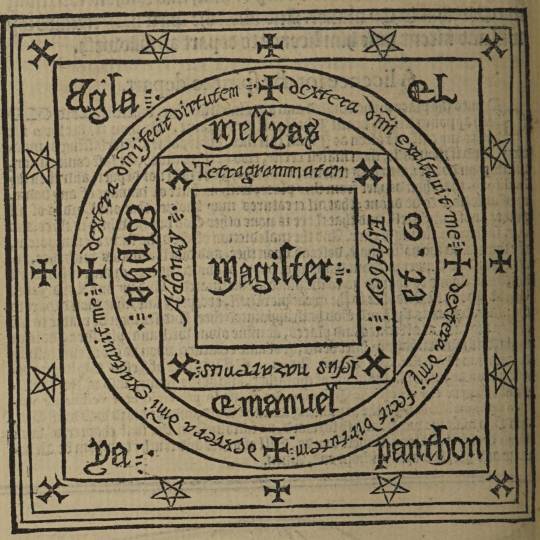
Magic Circle from The Discoverie of Witchcraft by Reginald Scot, 1584, Wellcome Collection, London.
#magic circle#magic#ritual magic#16th century#elizabethan england#occult#esotericism#esoteric#esoterica
530 notes
·
View notes
